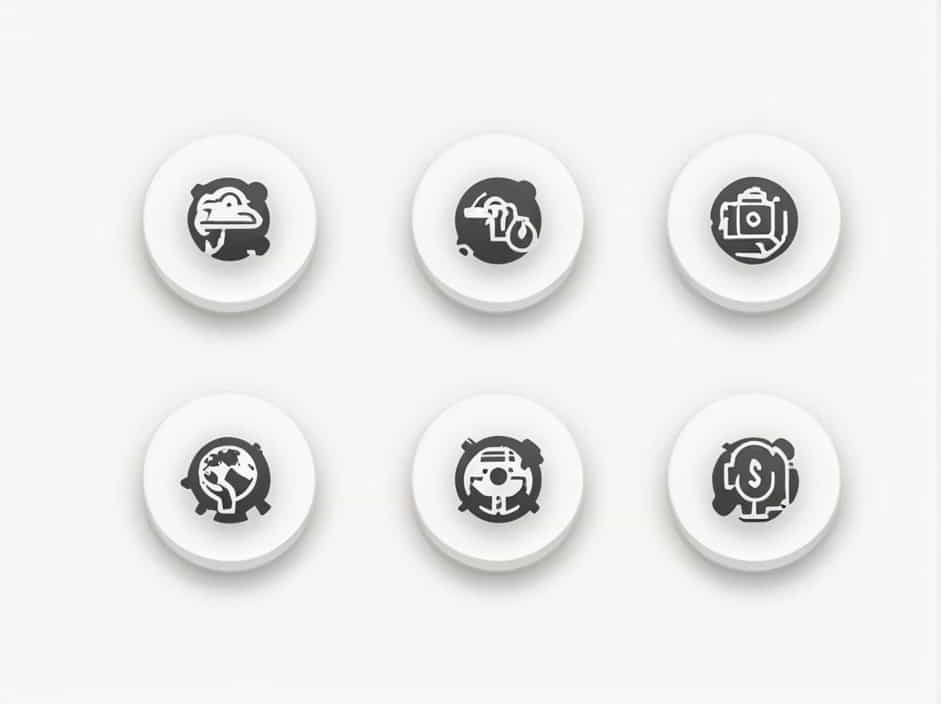Human and animal behaviors can be classified into reflexive and non-reflexive actions. Reflexive behaviors occur automatically in response to a stimulus, while non-reflexive behaviors require conscious thought and decision-making.
In this topic, we will explore the definition of reflexive behavior, provide examples, and identify which actions are not reflexive. This will help differentiate instinctive responses from learned or voluntary behaviors.
What Is Reflexive Behavior?
Definition of Reflexive Behavior
A reflexive behavior is an automatic, involuntary response to a specific stimulus. It happens without conscious control and is usually designed to protect the body or maintain balance.
Examples of Reflexive Behaviors:
- Blinking when something approaches the eye.
- Pulling your hand away from a hot surface.
- Coughing when something enters the airway.
- Knee-jerk reaction when tapped on the patellar tendon.
These reflexes are controlled by the nervous system and often occur in milliseconds, allowing quick responses to potential dangers.
Types of Reflexive Behaviors
- Simple Reflexes – Basic responses like sneezing, blinking, or flinching.
- Conditioned Reflexes – Learned reflexes like Pavlov’s dog salivating at the sound of a bell.
What Is Not a Reflexive Behavior?
Not all actions are reflexive. Some require thought, choice, or practice before they occur.
Characteristics of Non-Reflexive Behaviors
- Require conscious thought or learning
- Take longer to execute
- Can be modified or stopped by choice
- Depend on external factors like experience and motivation
Examples of Non-Reflexive Behaviors
1. Walking
Walking is not a reflex but a learned motor skill. Babies do not walk immediately after birth; they must develop muscle strength, balance, and coordination.
2. Speaking
Unlike reflexive crying, speech requires learning and cognitive processing. Humans learn language through exposure, memory, and practice.
3. Writing
Writing involves fine motor skills that must be developed over time. It requires hand-eye coordination and brain function, making it a non-reflexive action.
4. Playing a Musical Instrument
Learning to play an instrument is a complex skill that involves training, memory, and practice. It is not an automatic response but a conscious effort.
5. Driving a Car
Driving requires attention, decision-making, and muscle coordination. While experienced drivers may develop “automatic” responses, these are learned and not true reflexes.
6. Solving a Math Problem
Unlike reflexive actions that require no thought, solving math problems needs logical reasoning and cognitive effort.
7. Choosing What to Eat
Unlike reflexive behaviors such as salivating at food, choosing what to eat is a decision-making process influenced by preferences, culture, and availability.
Key Differences Between Reflexive and Non-Reflexive Behaviors
| Feature | Reflexive Behavior | Non-Reflexive Behavior |
|---|---|---|
| Control | Involuntary | Voluntary |
| Speed | Immediate | Can be slow |
| Learning Required? | No | Yes |
| Example | Sneezing | Writing a letter |
| Modifiable? | No | Yes |
Why Does This Distinction Matter?
Understanding the difference between reflexive and non-reflexive behaviors helps in:
- Medical Studies – Doctors and scientists study reflexes to diagnose neurological disorders.
- Psychology – Helps differentiate between instinctive actions and learned behaviors.
- Education – Recognizing that certain skills require training and effort rather than natural reflexes.
Reflexive behaviors are automatic and involuntary, while non-reflexive behaviors involve thought, learning, and decision-making. Actions like walking, speaking, and problem-solving are not reflexive because they require cognitive effort and practice.
Recognizing this distinction is important in fields like medicine, psychology, and education, where understanding human behavior can help improve learning, therapy, and treatment.
